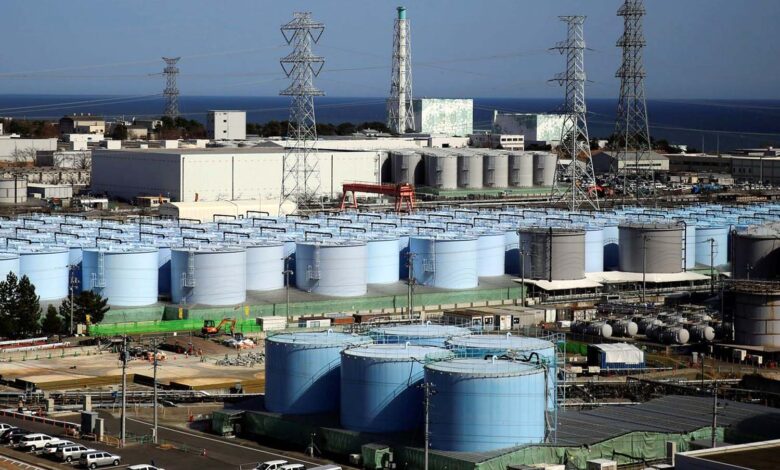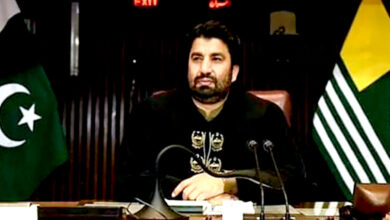The International Atomic Energy Agency (IAEA) has begun a mission to investigate the Fukushima water spill.

TOKYO, JAPAN – An IAEA commission arrived in Japan on Monday to investigate the contentious planned discharge of treated water from the Fukushima nuclear power plant into the ocean.
More than a million tonnes of processed water have collected in tanks since the plant’s meltdown in 2011 following a tsunami, and storage capacity is running low.
Most radioactive materials are removed by a complex pumping and filtering system, and Japan claims the plan to dilute and discharge the water over several decades is safe.
The International Atomic Energy Agency (IAEA) has approved the release, which it claims is identical to wastewater disposal at nuclear power stations abroad.
However, the government’s proposal, which is set to begin in March 2023, has drawn criticism from neighbouring nations due to environmental and safety concerns.
It has sparked outrage among local fishing communities, who fear that it may jeopardise years of work to rebuild trust in their seafood.
TEPCO, the plant’s operator, and the Japanese government are hoping that the IAEA’s supervision of the process would increase public trust.
“This week, we will perform a mission to analyse the activity, plans, data, and necessary papers in order to assess their conformity with the rules included in international safety standards,“ Gustavo Caruso, the director of the National Institute of Standards and Technology, stated.
Nuclear safety and security department head and coordinator of the International Atomic Energy Agency (IAEA).
The taskforce, he added, will look into things like the “radiological description of the water to be released” as well as the impact on people and the environment.
Junichi Matsumoto, TEPCO’s chief officer for treated water management, said the company was already analysing the discharge plan’s infrastructure design and operations “with the focus on safety and also to control the impact on the region’s reputation.”
“Through this evaluation, we seek to strengthen the objectivity and openness of this process,” he said during a meeting with IAEA and Japanese government officials.
While some opponents have claimed that there may be methods to store additional water until a new plan is created, the debate over how to handle the water has lingered on for years as room to keep it at the site runs out.
The liquid is made up of water needed to cool damaged reactors, as well as rain and groundwater seeping into the region.
Although the filtering procedure eliminates most radioactive elements from the water, some, such as tritium, remain.
According to experts, the element is only dangerous to humans in large amounts, and treated water poses no scientifically discernible risk after dilution.
The IAEA delegation will be in Japan from February 14 to 18, visiting the facility and holding a news conference at the conclusion of their tour.





